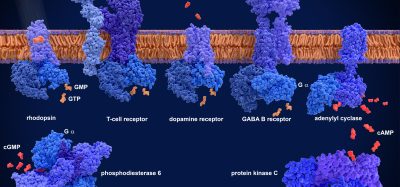Expert view: Innovations in 3D
Posted: 15 September 2017 | Anis H. Khimani (PerkinElmer) | No comments yet
Physiologically relevant models to evaluate the effects of drug candidates early in the drug discovery and development process are becoming increasingly important to develop. Various 3D cell/tissue models have emerged offering relevant environment for ex vivo assays, but significant progress is required to streamline and automate the end-to-end workflow. Several challenges, including throughput, limit 3D culture’s current adoption.
Where do you see the biggest opportunities in this field?
Major opportunities within phenotypic screening are the need to drive innovation for robust model systems that can mimic physiological conditions ex vivo. Technological advancements that can offer a total solution to enable end points for translation biomarkers would deliver significant value.
What are the biggest innovations in this field?
Significant progress in phenotypic screening is being made from innovations in physiologically relevant model systems such as 3D cell/tissue culture, spheroids, organoids, and 3D bio-printing. Novel approaches continue to be developed in the form of substrates, chips, microfluidics, media, reagents, cellular imaging, and data analysis platforms to provide an optimised in vitro system that can mimic physiological conditions. PerkinElmer offers a broad range of solutions for the culture, handling, detection, and analysis of multicellular spheroids. These include CellCarrier® Spheroid ULA 96-well microplates, InSphero’s 3D GravityTRAP™ ULA plate and the GravityPLUS™ system, along with automation and imaging technologies.
How do you see this market developing in the coming five years?
The market is in the initial stages for next generation in vitro or ex vivo physiological model systems. In the future, leading players and thought leaders would develop guidelines and standards for an integrated system. Further, the market will witness automated and streamlined workflow systems that claim consistency, reproducibility, and emulate an in vivo environment for a prolonged period.
Where are you seeing changes in this market?
Market trends that are driving innovation are the need to introduce phenotypic screening further upstream into the drug discovery process. Changes affecting technology adoption are development and optimisation of hardware systems, introduction of reagents and imaging systems, and data management to detect the phenotypic changes.
Related topics
Assays, Cell Cultures, Cell-based assays, Imaging, In Vitro, Microfluidic Technology
Related organisations
PerkinElmer
Related people
Anis H. Khimani








